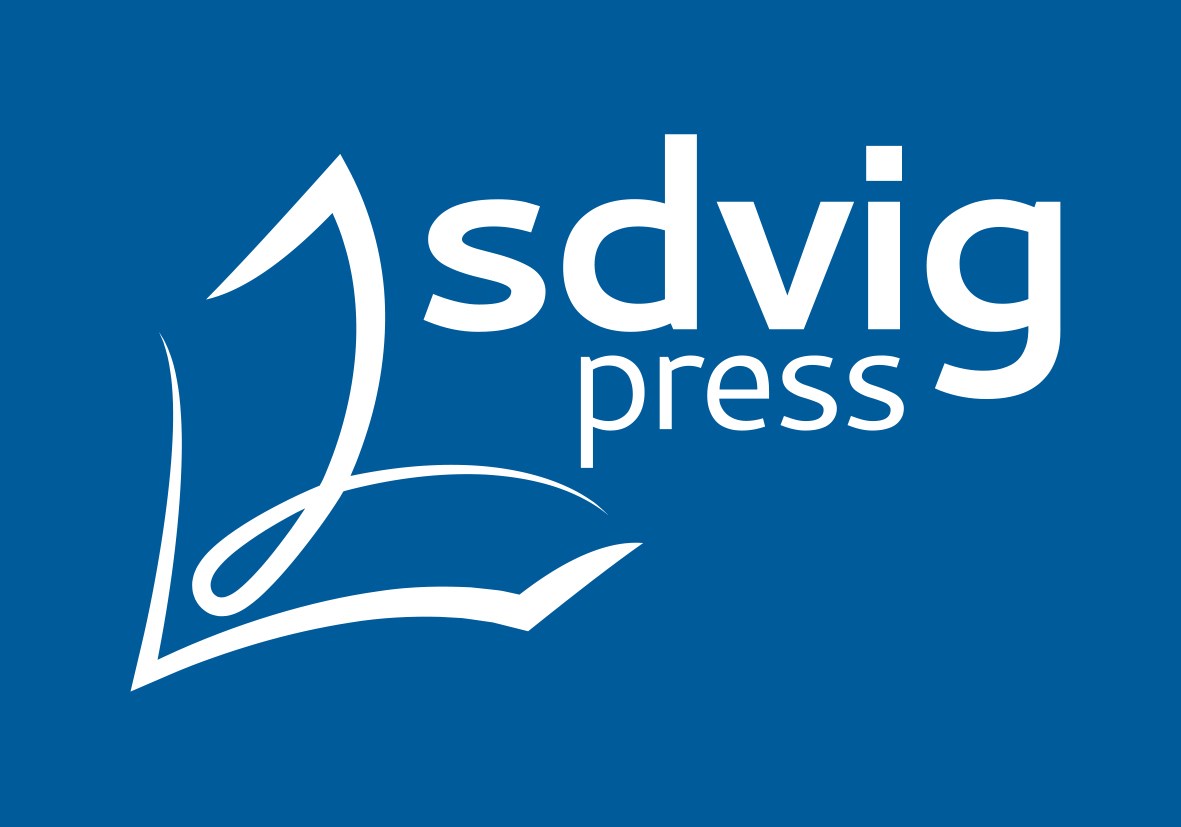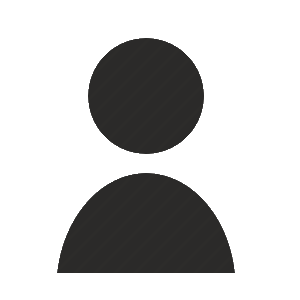This document is unfortunately not available for download at the moment.

Pascal Boldini , Michel Bourdeau, Gerhard Heinzmann (2008) One hundred years of intuitionism (1907–2007): the Cerisy conference, Dordrecht, Springer.
Lorenzen's operative justification of intuitionistic logic
Peter Schroeder-Heister
pp. 214-240
Not implemented yet !


